In a world where headlines often highlight the decline of wildlife, there are also stories of hope and triumph. These stories remind us that with dedication, conservation efforts, and a little bit of luck, endangered species can make incredible comebacks. Let’s explore some of the most inspiring success stories in endangered species recovery, showcasing the resilience of nature and the power of human intervention.
The Bald Eagle’s Return
Once teetering on the brink of extinction, the bald eagle, America’s national bird, has made a soaring comeback. In the mid-20th century, the use of the pesticide DDT caused eggshell thinning, leading to a drastic decline in bald eagle populations. By the 1960s, there were fewer than 500 nesting pairs left in the lower 48 states.
Thanks to a nationwide ban on DDT in 1972, along with intensive conservation efforts, the bald eagle population began to recover. Today, there are over 71,000 nesting pairs in the United States. The sight of a bald eagle soaring overhead is no longer a rarity but a testament to what can be achieved when we commit to protecting wildlife.
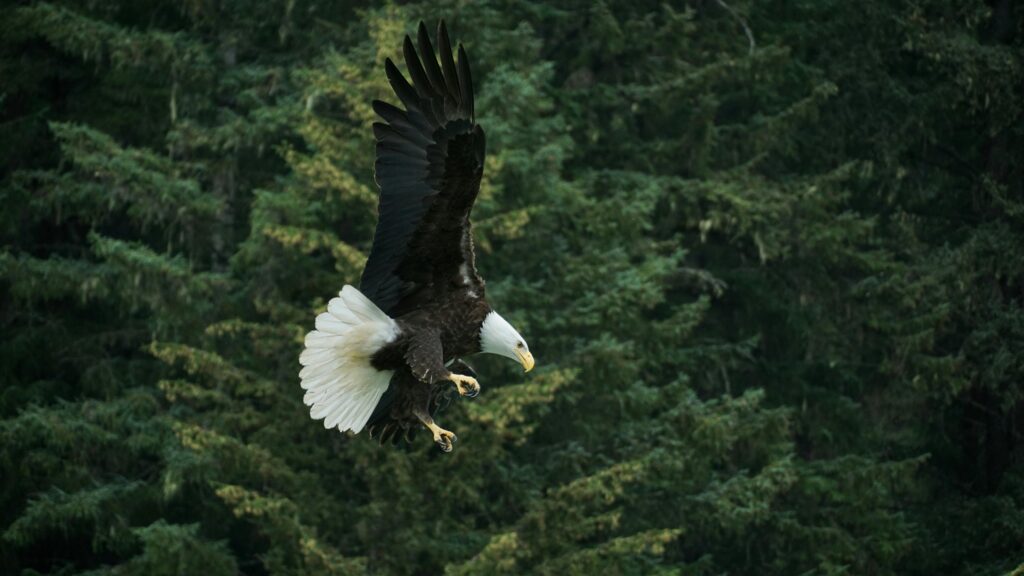
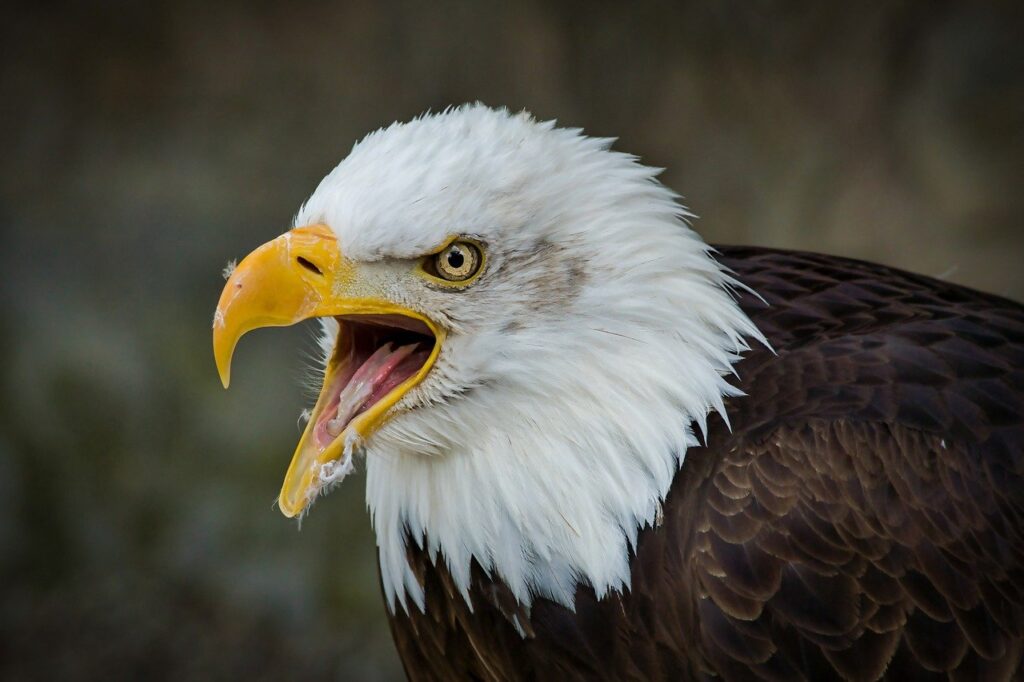
The Gray Wolf’s Resurgence
The gray wolf, a symbol of wilderness and wildness, was once nearly eradicated from the lower 48 states due to hunting and habitat loss. By the mid-20th century, wolves were virtually extinct in the contiguous United States, with only a small population remaining in Minnesota.
The reintroduction of wolves to Yellowstone National Park in 1995 marked a turning point. Since then, the wolf population has steadily grown, spreading to nearby states and restoring balance to ecosystems where they play a crucial role as apex predators. The success of the gray wolf’s recovery is a powerful reminder of the importance of protecting keystone species.
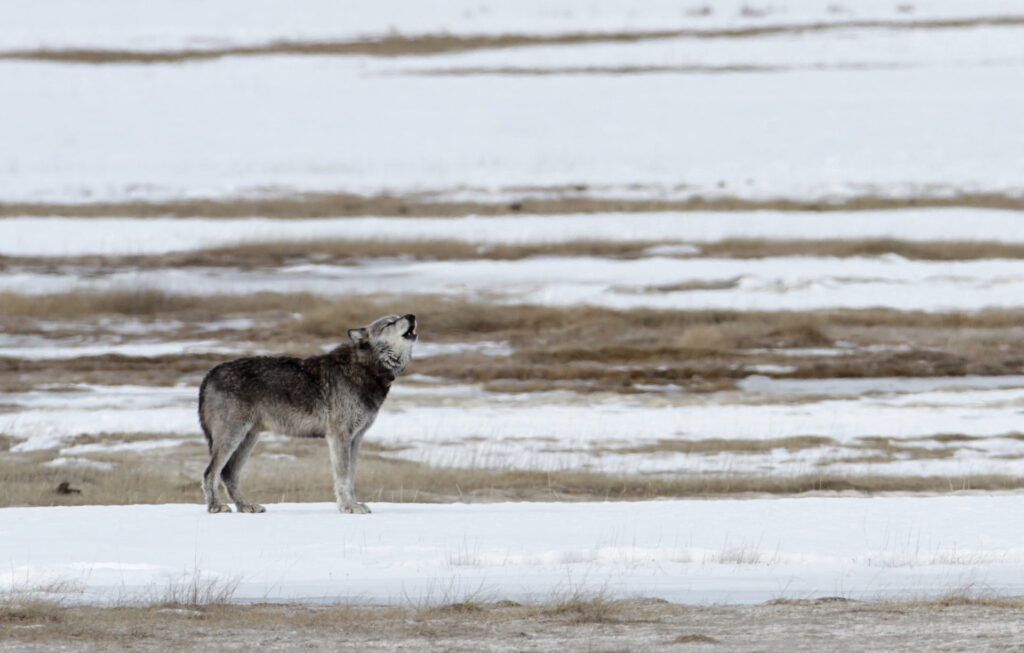
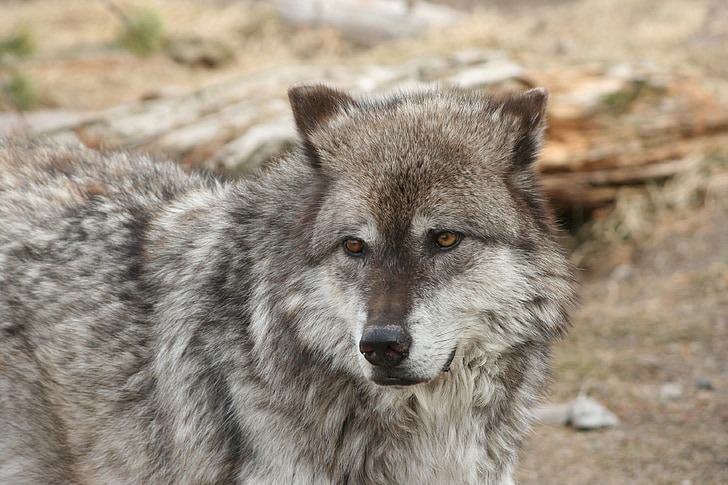
The Giant Panda’s Slow but Steady Recovery
Few animals capture hearts like the giant panda. Native to China, this iconic species faced severe threats from habitat loss and poaching. In the 1980s, the wild panda population was estimated to be fewer than 1,000 individuals, leading to fears that the species could disappear entirely.
However, concerted conservation efforts, including the establishment of panda reserves and successful breeding programs, have helped stabilize and slowly increase the population. In 2016, the giant panda’s status was downgraded from “endangered” to “vulnerable,” signaling progress but also highlighting the need for continued protection.
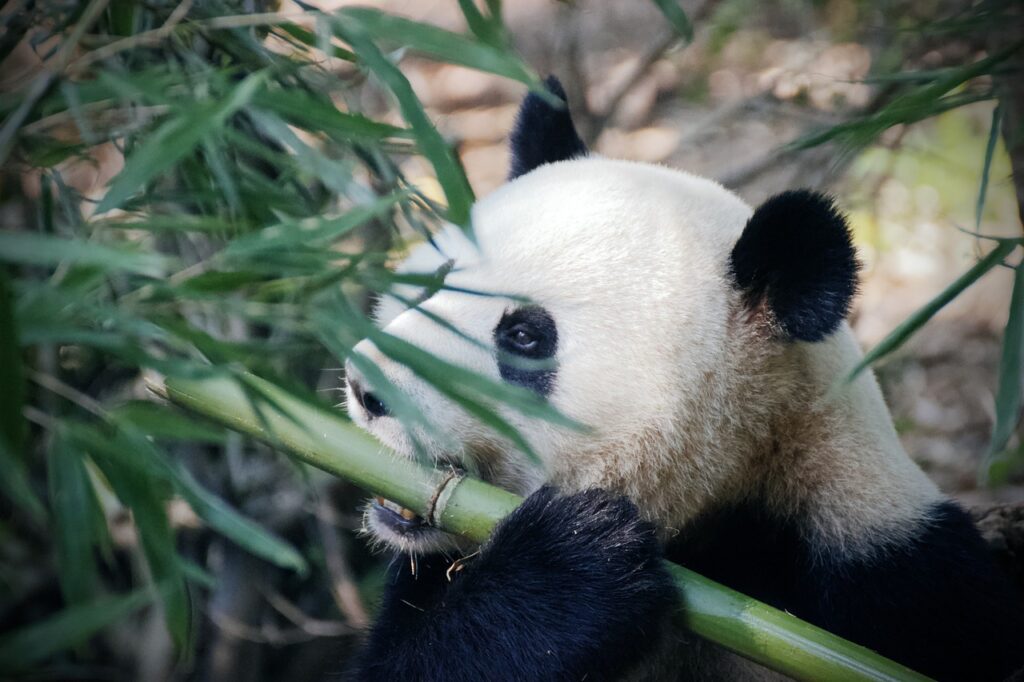

The Sea Turtle’s Slow Climb Back
Sea turtles have been around for over 100 million years, but in recent decades, they’ve faced numerous threats, from poaching and habitat destruction to accidental capture in fishing gear. Several species of sea turtles, including the leatherback and hawksbill, are critically endangered.
However, there have been some bright spots. Conservation efforts such as protecting nesting beaches, regulating fishing practices, and reducing plastic pollution have led to an increase in hatchling survival rates. In some areas, such as the southeastern United States, sea turtle nesting numbers have been steadily rising, offering hope for these ancient mariners.
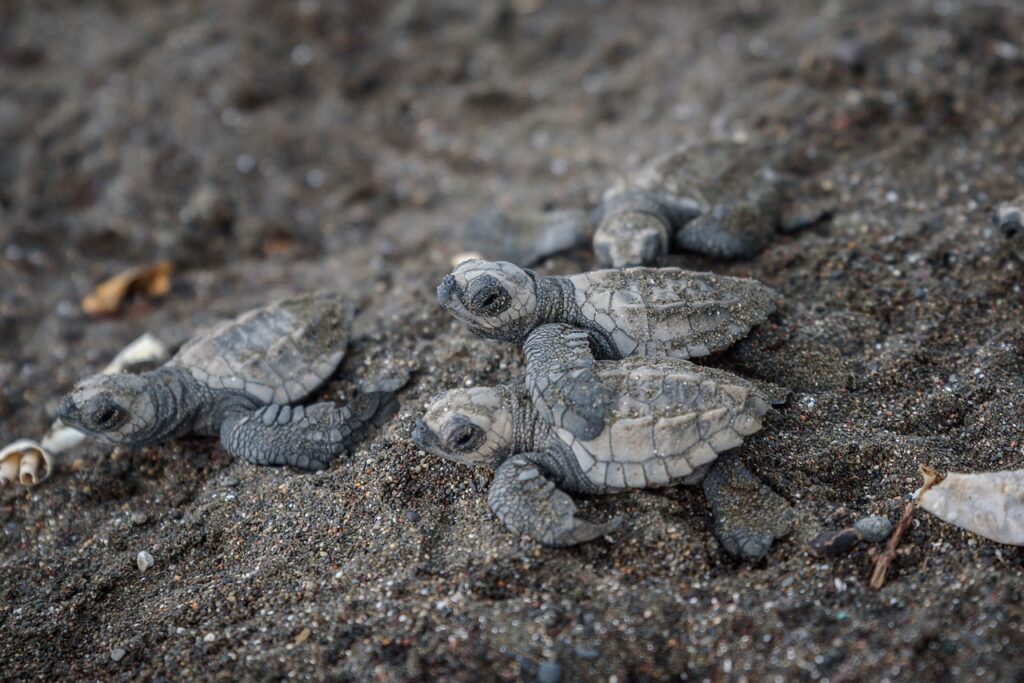
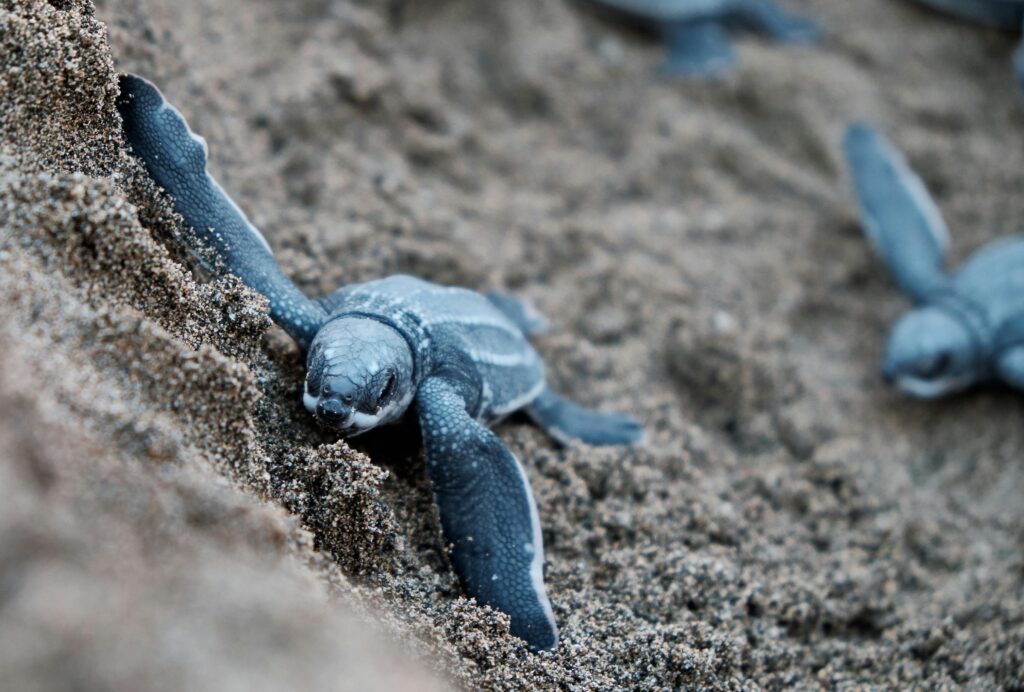
The California Condor’s Miracle
The California condor, North America’s largest land bird, was on the verge of extinction in the 1980s, with only 27 individuals remaining in the wild. In a last-ditch effort, all remaining condors were captured and placed in a breeding program to prevent the species from disappearing entirely.
The program has been a success. Today, there are over 500 California condors, with more than half flying free in the wild. While the species is still endangered, its recovery has been nothing short of miraculous and highlights the importance of bold conservation actions.
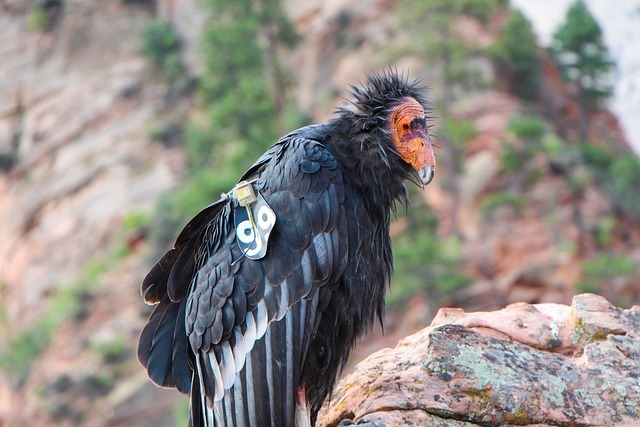
The Takeaway: Conservation Works
These success stories show that with commitment, patience, and collaboration, we can make a difference in the lives of endangered species. While many challenges remain, these remarkable comebacks give us hope that it’s not too late to turn the tide for other species teetering on the brink of extinction.
Each of these stories is a reminder of our responsibility to protect the natural world. Whether it’s supporting conservation organizations, advocating for stronger environmental policies, or simply being mindful of our impact on the planet, every action counts.








